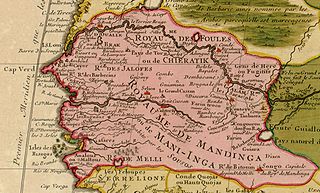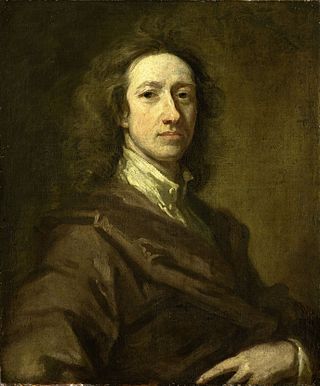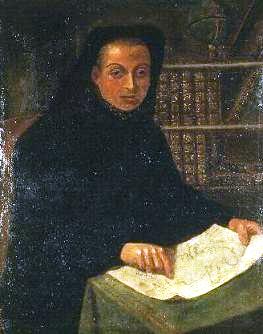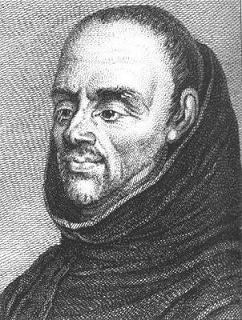Related Research Articles

The history of Senegal is commonly divided into a number of periods, encompassing the prehistoric era, the precolonial period, colonialism, and the contemporary era.

The maritime European exploration of Australia consisted of several waves of European seafarers who sailed the edges of the Australian continent. Dutch navigators were the first Europeans known to have explored and mapped the Australian coastline. The first documented encounter was that of Dutch navigator Willem Janszoon, in 1606. Dutch seafarers also visited the west and north coasts of the continent, as did French explorers.

Biffeche or Bifeche is an area of Senegal centred on the town of Savoigne, around 30 kilometres north-east of the major coastal city of Saint-Louis.

The Asiento de Negros was a monopoly contract between the Spanish Crown and various merchants for the right to provide African slaves to colonies in the Spanish Americas. The Spanish Empire rarely engaged in the trans-Atlantic slave trade directly from Africa itself, choosing instead to contract out the importation to foreign merchants from nations more prominent in that part of the world; typically Portuguese and Genoese, but later the Dutch, French, and British. The Asiento did not concern French or British Caribbean but Spanish America.

Joseph-Antoine le Fèbvre, sieur de La Barre was a French lawyer and administrator best known for his disastrous three years as governor of the colony of New France (Quebec).

Cornelis de Bruijn or Cornelius de Bruyn, also formerly known in English by his French name Corneille Le Brun, was a Dutch artist and traveler. He made two large tours and published illustrated books with his observations of people, buildings, plants and animals.

Jean-Baptiste Bourguignon d'Anville was a French geographer and cartographer who greatly improved the standards of map-making. D'Anville became cartographer to the king, who purchased his cartographic materials, the largest collection in France. He made more than 200 maps during his lifetime, which are characterized by a careful, accurate work largely based on original research. In particular, D'Anville left unknown areas of continents blank and noted doubtful information as such, contrary to the lavish maps of his predecessors. His maps remained the reference point in cartography throughout the 19th century and were used by numerous explorers and travellers.

Louis Éconches Feuillée was a French member of the Order of the Minims, explorer, astronomer, geographer, and botanist.

Charles Plumier was a French botanist after whom the frangipani genus Plumeria is named. Plumier is considered one of the most important of the botanical explorers of his time. He made three botanizing expeditions to the West Indies, which resulted in a massive work Nova Plantarum Americanarum Genera (1703–1704) and was appointed botanist to King Louis XIV of France.

Jean-Baptiste Labat was a French clergyman, botanist, writer, explorer, ethnographer, soldier, engineer, and landowner.
Haakon Maurice Chevalier was an American writer, translator, and professor of French literature at the University of California, Berkeley best known for his friendship with physicist J. Robert Oppenheimer, whom he met at Berkeley, California in 1937.

Comte Louis-Joseph-Alexandre de Laborde was a French antiquary, liberal politician and writer, a member of the Académie des Sciences morales et politiques (1832), under the rubric political economy.

Haffon (1695–1727) was the last ruler of the Kingdom of Whydah before it was captured by the forces of Dahomey in 1727.

Laurent d'Arvieux was a French traveller and diplomat born in Marseille.

The Dutch Slave Coast refers to the trading posts of the Dutch West India Company on the Slave Coast, which lie in contemporary Ghana, Benin, Togo, and Nigeria. The primary purpose of the trading post was to supply slaves for the Dutch colonies in the Americas. Dutch involvement on the Slave Coast started with the establishment of a trading post in Offra in 1660. Later, trade shifted to Ouidah, where the English and French also had a trading post. Political unrest caused the Dutch to abandon their trading post at Ouidah in 1725, now moving to Jaquim, at which place they built Fort Zeelandia. By 1760, the Dutch had abandoned their last trading post in the region.
Samuel Touchet was an English cotton merchant, manufacturer and politician.
Charles de Pechpeyrou-Comminges, chevalier de Guitaut was a French army and naval officer who became governor of Martinique and then of Saint Christophe. He was three times acting lieutenant-general of the French Antilles.
Jean-Baptiste de Gennes, comte d'Oyac was a French naval officer who is known as an early French explorer of the Straits of Magellan. He was the last governor of the French colony of Saint-Christophe on the West Indian island now called Saint Kitts. After he surrendered the island to the English during the War of the Spanish Succession he was tried and found guilty of cowardice. He died before his appeal to this verdict could be heard. He was also an inventor, and among other devices invented a power loom driven by a mill wheel.
Claude de Roux, chevalier de Saint-Laurent was a French soldier, a chevalier of the Knights Hospitaller, who was governor of the colony of Saint Christophe on Saint Christopher Island from 1666 to 1689. He took office in the Second Anglo-Dutch War (1665–67), when the French expelled the English from the island, and left office early in the Nine Years' War (1688–97), when the English expelled the French from the island.
Charles Auger de La Motte was a French colonial administrator. He was governor in turn of Marie-Galante, Guadeloupe and Saint-Domingue.
References
- ↑ Labat, J. B. 1731. Voyage du Chevalier des Marchais en Guinée, Isles Voisines, et à Cayenne, en 1725-27. Amsterdam. Ordre des Frères Prêcheurs; cited by Joseph J. Williams, S. J. 1932. Voodoos and obeahs / Phases of West India witchcraft. Lincoln Mac Veagh Dial Press Inc. New York. Facsimile Internet edition
- ↑ Harms, Robert. 2002. The Diligent: A Voyage through the Worlds of the Slave Trade. New York: Basic Books.